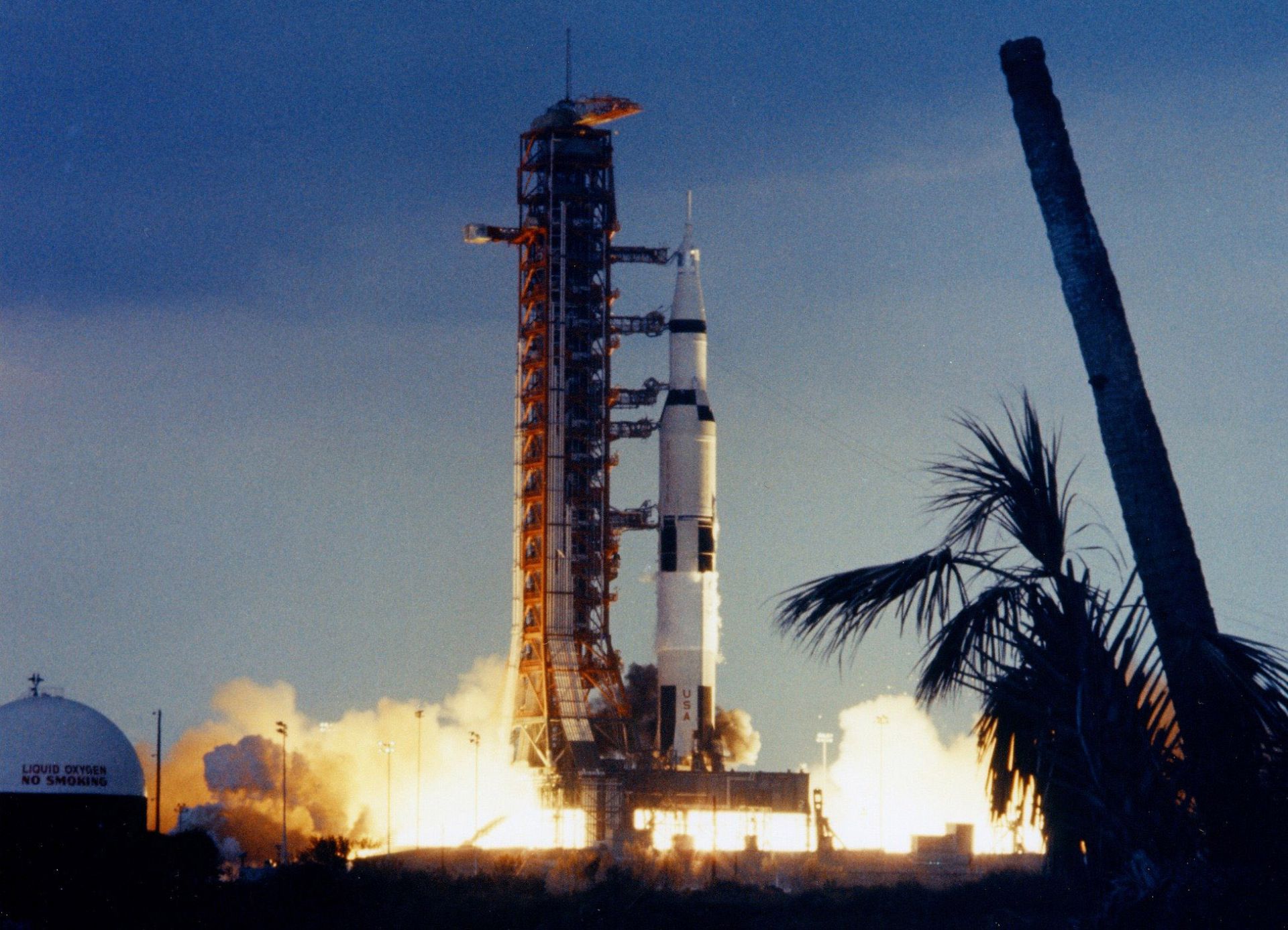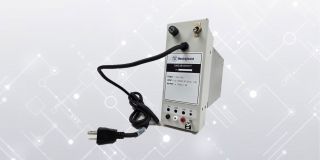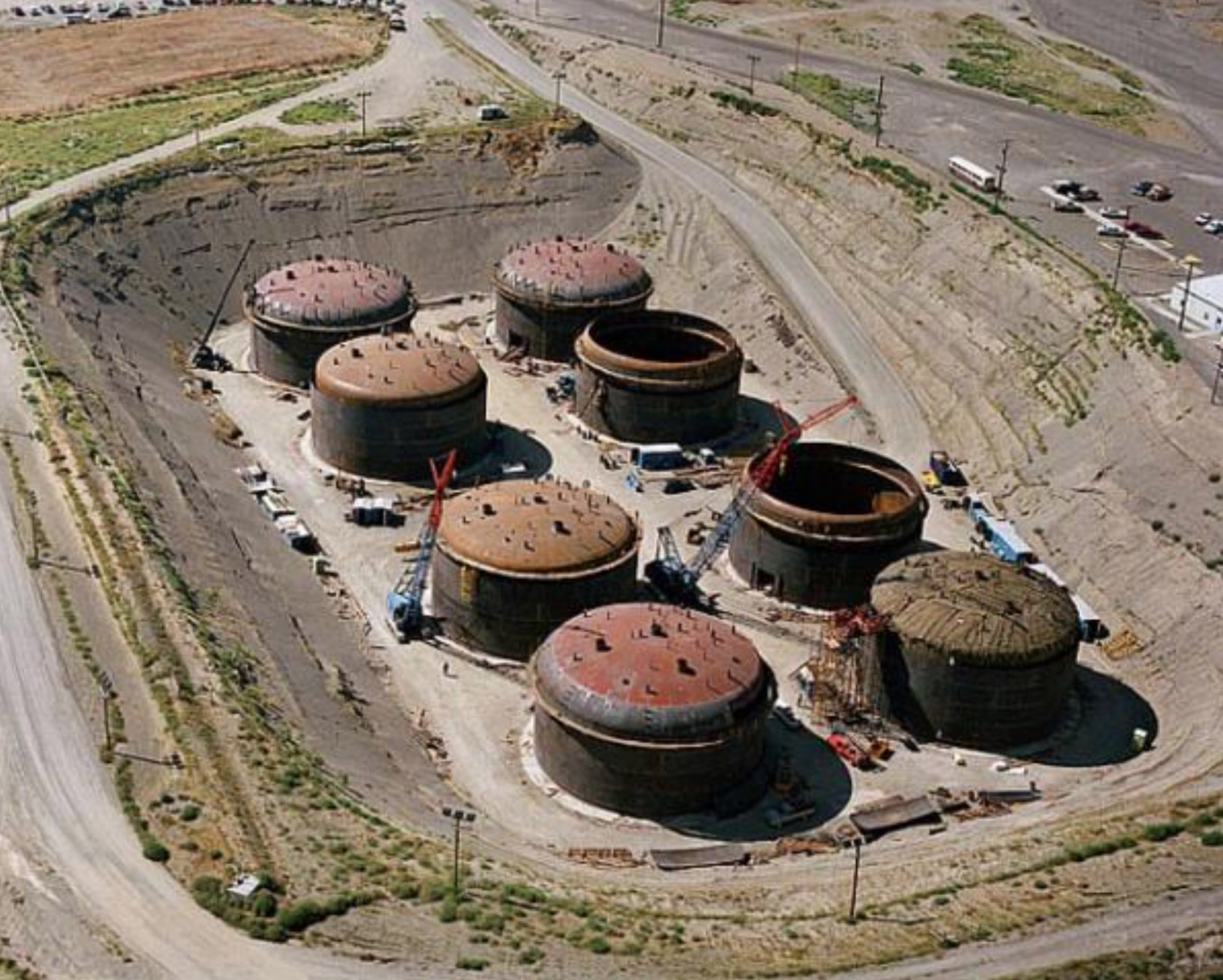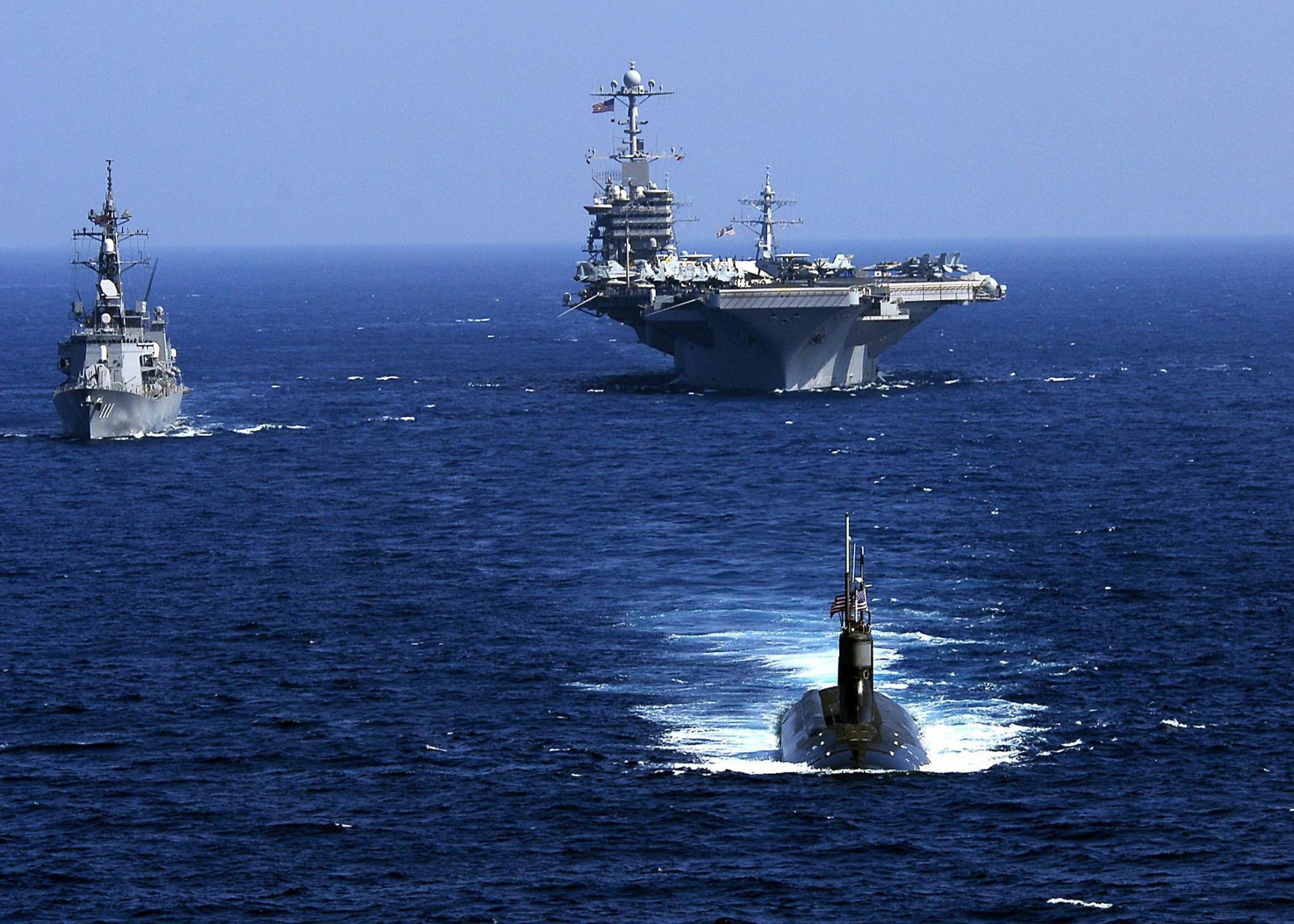Nuclear waste disposal—What choice do we really have?

Taking waste into outer space would require quite large vehicles, like the Saturn 5 rocket shown here carrying the Apollo 14 crew to the moon. A huge fireball forms underneath the rocket . . . hmm, would that be wise? (Source: NASA)
Nuclear waste disposal presents a frustrating problem far beyond its actual danger. No one has ever been harmed by commercial nuclear waste, and no one is likely to ever be harmed.
But we do have to find a final resting place for nuclear waste as it decays away back to the levels of the ore from which it came.
There are several types of nuclear waste: low-level waste (LLW), intermediate-level waste (ILW), transuranic waste (TRU; referring only to bomb waste without a lot of cesium-137 or strontium-90), high-level waste (HLW; also only bomb waste), and spent nuclear fuel (SNF; from commercial power plants only). In the United States, TRU waste, HLW, and SNF require deep geologic disposal by law.



